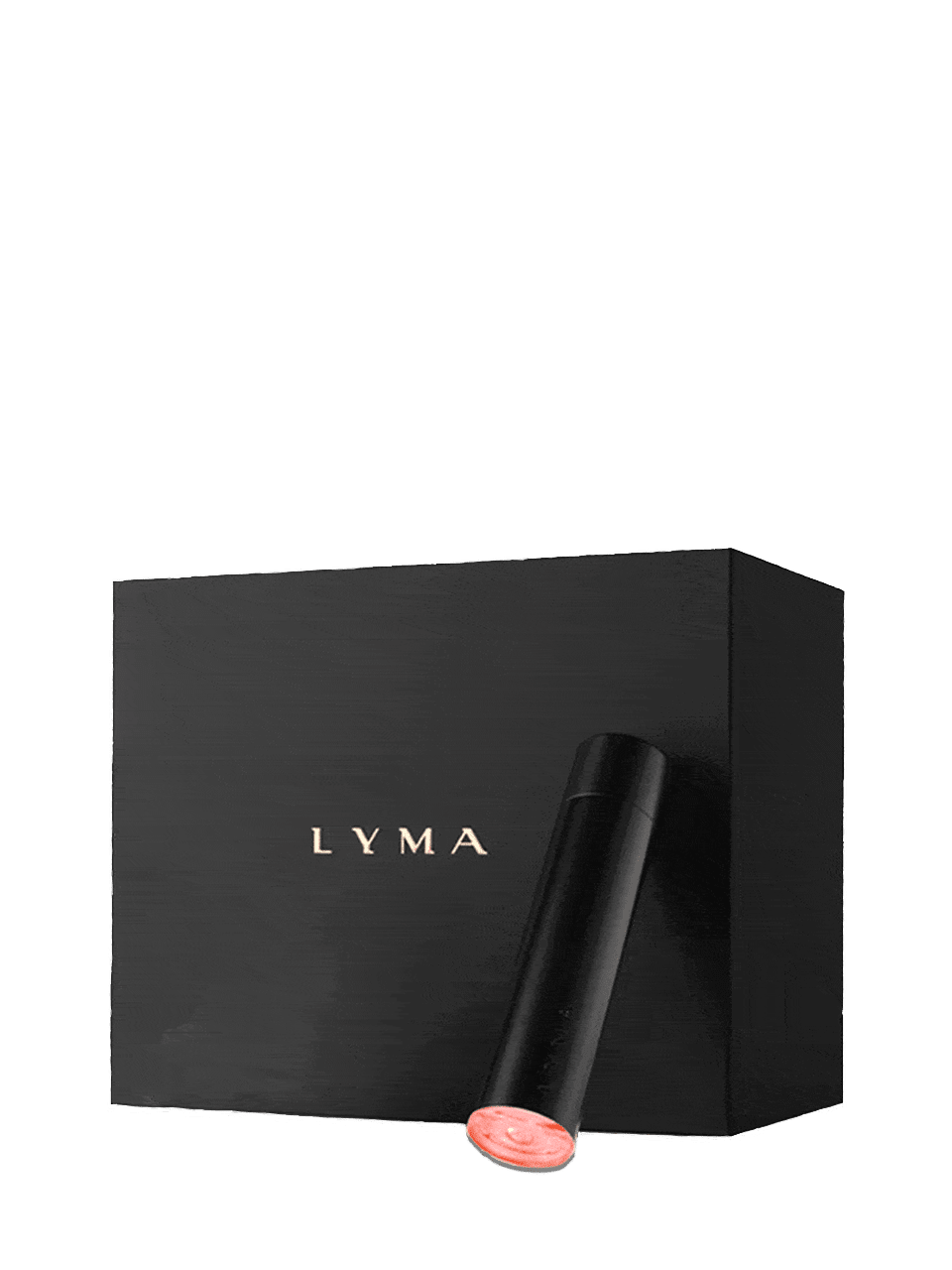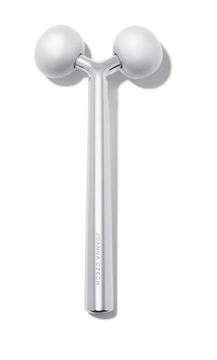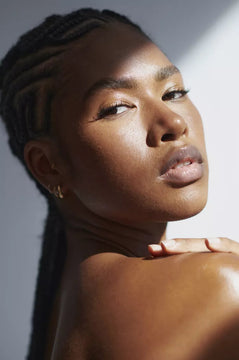Lyma Laser Review 2023: I Tried the $2,695 At-Home Laser Device Celebs Love

What do Hailey Bieber, Ana de Armas, Paris Hilton, and Sabrina Carpenter have in common besides being very famous and very gorgeous celebs? They're all obsessed with the Lyma laser, an at-home device that uses low-level laser therapy (LLLT) to help smooth fine lines, fade acne scars, and firm your skin. In fact, it's the first FDA-cleared laser for at-home use, and it's supposedly 100 times stronger than the LED masks you've probably used at home. As someone who's obsessed with at-home skincare tools and devices, I was eager to try the Lyma laser on my own acne-prone, constantly inflamed skin.
But there are a few caveats to keep in mind. For one, the Lyma laser is very expensive (like $2,695 expensive), and secondly its not necessarily a low-maintenance, minimal time-commitment tool. Which is why I definitely wanted to get some info straight from dermatologist Michelle Henry, MD, to see if device was right for my skin before incorporating it into my routine, as well as her thoughts on if the Lyma laser actually works. And to make sure I was getting the most out of my Lyma laser, I chatted with esthetician Joanna Czech for her advice on using the Lyma, plus how she incorporates it into the treatment room with her clients.
But I didn't stop there. (I have a stellium in Virgo! I get carried away!) I also popped into The Well, my favorite spa in New York, for their new Signature Facial, which incorporates the Lyma laser to help bring down inflammation and contour your skin. Then, with all this knowledge in tow, I got a sample of my very own Lyma laser to try at home to give you my honest review. Keep scrolling for so much info on the Lyma laser, as well as how to use it, my tips and tricks, and my final verdict on if it's worth $2,695 price tag.
What does the Lyma laser do?
The Lyma laser is an at-home device that uses low-level laser therapy (LLLT) to "stimulate collagen production, enhance blood circulation, and facilitate skin healing," says Dr. Henry. LLLT is entirely non-invasive and non-ablative, so it won't harm the outer layers of your skin, meaning it's safe for all skin tones and types—something not very many lasers can brag about.
Lemme get tech-y real quick: The Lyma laser uses a "unique mechanism to target various layers within the skin, including the deepest layers and underlying fat and muscle tissue, thanks to its 500mW power and 808nm wavelength," says Dr. Henry. This wavelength is able to penetrate your skin and reach deep layers without causing any harm to the surface ones, she notes. The light beam emitted from the Lyma is absorbed by your skin's cells and activates your fibroblasts, which are the cells that are responsible for collagen and elastin production. "Collagen provides structural support, while elastin allows the skin to bounce back after stretching," notes Dr. Henry, which is why they're so essential for smoothing fine lines and wrinkles and plumping up your skin.
The way you glide the Lyma laser over your skin can also potentially help improve blood circulation to increase absorption of oxygen and nutrients in your skin, which altogether helps promote healing and decrease inflammation. And it's even a great tool to help fade hyperpigmentation and scarring, says Czech. "Its photobiomodulation beam is designed to restore cell function in the deeper layers of your skin, which can, over time, help reduce sun spots, acne scars, and hyperpigmentation," she explains.
Does the Lyma laser really work?
In my opinion, yes, the Lyma laser really works to help reduce the redness and inflammation from my hormonal acne. I am very prone to breakouts, especially on my chin (hi stress acne!). All of these hormonal zits are very inflamed and red, which can lead to my face feeling super puffy and hot. Plus, they leave behind deep, dark acne scars that are pretty near impossible to fade with just my topical skincare alone. Enter: My newfound love, the Lyma laser.
How to use the Lyma laser:
To use the Lyma laser, first start with clean, dry skin. I do my treatments in the morning because I like how glowy and snatched it makes my skin look immediately after, but Czech likes doing it at night, so it's fully personal preference. I do most of my morning skincare routine (cleanser, toner, and vitamin-C serum). Then I slather on a product to help the laser move across my skin. The Starter Kit comes with the Lyma Oxygen Mist, as well as the Glide Gel, but you can really use any sort of moisturizing product that has some slip. My facialist at The Well used a facial oil which works really glow to boost your glow and I also like using a hydrating serum like The Beauty Sandwich Secret Sauce.
Then, I just switch on my device by clicking the button at the end one time, and once the light turns on, I start moving it in upward motions starting at my neck and jawline. Don't worry—it doesn't hurt or really feel like anything. I find it to be actually really relaxing. I spend about 15 to 20 minutes going over my entire face, paying the most attention to my chin and jawline where I break out. It's shockingly simple. "I often refer to it as 'Netflix-friendly' because it's so convenient to use at home," says Czech.
Lyma laser results:
Immediately after a treatment my skin looks extremely glowy and lifted. TBH, ever since I started using it, I've been getting compliments on my skin constantly. Someone even asked what foundation I was wearing one day that I had nothing on, because my skin looked so damn radiant and even.
But in order to see results like a reduction in fine lines and wrinkles and overall brighter skin tone, I'll definitely need to keep using the laser for beyond a few weeks. "I always set realistic expectations for my clients when it comes to the Lyma laser," says Czech. "I let them know that they can start seeing noticeable results—like improved skin elasticity, a more even skin tone, and smoothed fine lines—after about three months of consistent daily use," Czech notes. Be patient, Lyma founder Lucy Goff notes. "This is rejuvenation happening at a cellular level, so it does require some time because you cannot see that with the naked eye," she says.

LYMA
LYMA Laser



